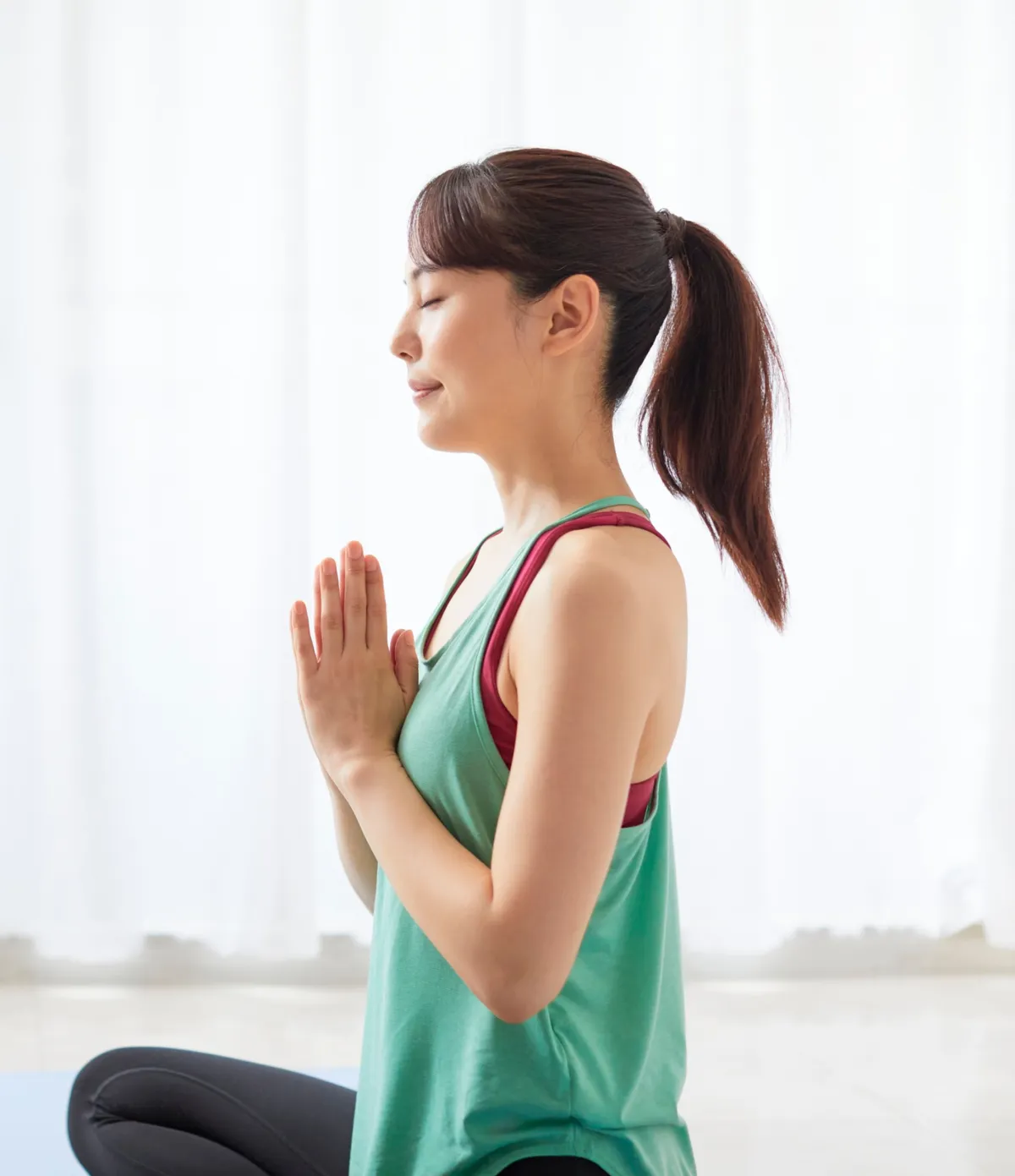
Calming Techniques for Stress and Overwhelm
Introduction: Your Built-In Reset Button
Stress, anxiety, sensory overload—whatever you call it, we all know the feeling. Your heart races, your breathing gets shallow, and your mind starts spinning. It’s a state of "fight or flight," and whether it’s triggered by a tough day at work, a crowded supermarket, or the unique challenges of caregiving, it can feel completely overwhelming.
But what if you had a built-in reset button?
You do. It’s your breath and your body. The connection between our physical state and our mental state is a powerful one. By consciously using simple, gentle techniques, we can send a direct message to our nervous system to slow down, find its center, and move from a state of chaos to a state of calm.
This guide will walk you through three science-backed techniques that are simple, require no equipment, and can be adapted for any ability level.
Why This Works: A Quick Look at Your Nervous System
Your body has two main operating systems: the "fight or flight" system (sympathetic nervous system) that revs you up for action, and the "rest and digest" system (parasympathetic nervous system) that calms you down. When you're stressed, the "fight or flight" system is in overdrive.
The techniques below are designed to manually activate your "rest and digest" system. Deep, controlled breathing and gentle, mindful movement are signals of safety that tell your brain it's okay to stand down from high alert.
Three Calming Techniques You Can Use Anywhere
These exercises are designed to be your go-to toolkit for managing stress in the moment.
Box Breathing (The 4-Second Reset)
This is a simple, powerful technique used by everyone from elite athletes to first responders to stay calm under pressure. It’s easy to remember and incredibly effective.
How to do it:
Sit or stand in a comfortable position. Gently exhale all the air from your lungs.
Inhale slowly through your nose for a count of four.
Hold your breath for a count of four.
Exhale slowly through your mouth for a count of four.
Hold at the bottom of the exhale for a count of four.
Repeat the cycle 4-5 times, or until you feel a sense of calm.
Why it Works: The structured counting gives your mind something to focus on besides the stressor, while the slow, deep breaths physically calm your nervous system.
Progressive Muscle Relaxation (The Body Scan)
Stress often causes us to unconsciously tense our muscles. This technique helps you consciously release that physical tension, which in turn calms the mind.
How to do it:
Find a comfortable seated or lying position.
Start with your feet. Squeeze all the muscles in your feet and toes as tightly as you can for 5 seconds.
Release the tension completely and notice the feeling of relaxation for 10 seconds.
Move up to your lower legs. Tense your calf muscles for 5 seconds, then release completely.
Continue this process, moving up through your body: thighs, glutes, abdomen, hands, arms, shoulders, and finally, your face (scrunch up your face, then release).
Why it Works: It forces you to become aware of where you're holding tension and actively lets it go. This deep physical release has a profound calming effect on the mind.
Cat-Cow Stretch (Gentle, Rhythmic Movement)
Linking your breath to a simple, rhythmic movement is a form of active meditation that can be incredibly grounding.
How to do it (on hands and knees):
Start on all fours, with your wrists under your shoulders and your knees under your hips.
As you inhale, drop your belly towards the floor and look up, arching your back (Cow Pose).
As you exhale, press into your hands, round your spine up towards the ceiling, and tuck your chin to your chest (Cat Pose).
Continue flowing between these two poses for 8-10 breaths, letting your breath guide the movement.
Seated Variation: Sit tall in a chair with your feet flat on the floor. Place your hands on your knees. As you inhale, arch your back and look up. As you exhale, round your spine and tuck your chin.
Why it Works: The gentle spinal movement releases tension, while the focus on coordinating breath and motion helps to quiet a busy mind.
Your Next Step: From Technique to Transformation
These techniques are powerful tools you can use anytime you feel stress or overwhelm creeping in. They are your personal reset buttons, always available to you.
Mastering these individual moments of calm is the first step. The next is integrating this sense of wellbeing into a complete, holistic fitness system. If you're ready to build a program that strengthens not just your body, but your mind and resilience too, we're here to help.
Our "Adaptive Strength & Wellbeing Program" is designed to do exactly that. It's a comprehensive 8-week system that combines physical training with strategies for stress management and overall wellbeing, giving you a complete toolkit for a healthier, more confident life.

